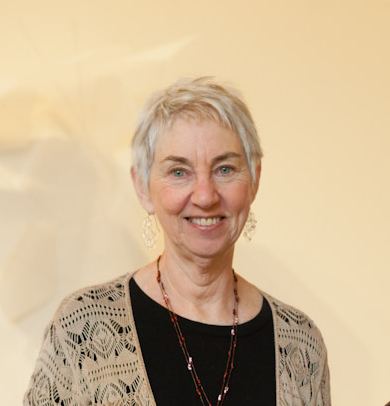Website Our Sound Universe Genre New age | Record label Science & The Arts Albums Sequencia | |
 | ||
People also search for Toshra, Motom, Epios | ||
Composer sound designer susan alexjander on music as universal knowledge
Susan Alexjander is an American sound artist, musical composer and teacher living and working in Portland, Oregon. Finding inspiration in the natural world and in science, she is fascinated by the vibrational frequencies of natural phenomena, ranging widely from the microscopic (elements, DNA) to the macroscopic (body rhythms, water, stars, time). She has created a microtonal system based on the frequencies of DNA, transforming natural vibrational patterns into sounds to create music. She has collaborated with both scientists and artists, and her compositions have been performed both nationally and internationally.
Contents
- Composer sound designer susan alexjander on music as universal knowledge
- Two songs by susan alexjander performed by vakare petroliunaite soprano and jennifer wright piano
- Education
- Teaching
- Compositions and collaborations
- Awards
- Songs
- References
Two songs by susan alexjander performed by vakare petroliunaite soprano and jennifer wright piano
Education
Alexjander received a B.A. in English Literature, with teaching credentials, in 1966. She received a master's degree in Theory and Composition from San Jose State University, California in 1982. Although her initial musical training was classical, she became interested in the gamelan and explored Indian classical music, studying and performing with Lou Harrison.
Teaching
Alexjander has taught at San Jose State and Goddard College and has been an adjunct faculty member of Union Institute in Sacramento, California. She also presents workshops on the physics and metaphysics of sound. She is the Director of Science & The Arts, founded in Aptos, California to investigate the frequencies of the universe and their musical properties.
Compositions and collaborations
In one of her earliest collaborations, with biologist David W. Deamer from the University of California, Alexjander created music based on movements of the atoms and molecules that make up human DNA. An infrared spectrophotometer was used to measure the wavelength of infrared light absorbed by sections of DNA and to identify frequencies for each DNA molecule. The ratios of the light frequencies were then converted into perceptible ratios of sound frequencies, often involving microtonal changes, to create "strange, beautiful music". The resulting album Sequencia, a pioneering experiment in sound creation, was recorded on Earth Day, 1990. Its tuning system, a type of Just intonation, is based on the molecular frequencies of the four bases of DNA: adenine, guanine, cytosine and thymine. It includes 60 tones over a range of two-and-a-half octaves, around a spontaneous "tonal center". Alexjander's compositions in this tonal system are influenced by the microtonal nature of Indian classical music.
"The magic of 'mapping' frequencies from one medium to another allows us to hear inner, unheard sounds... Everything is talking to everything else!"
Other collaborations include:
Awards
Songs
Sequencia - InroductionSequencia · 1995
Pataphysical ThymineSequencia · 1995
PsalmusSequencia · 1995
